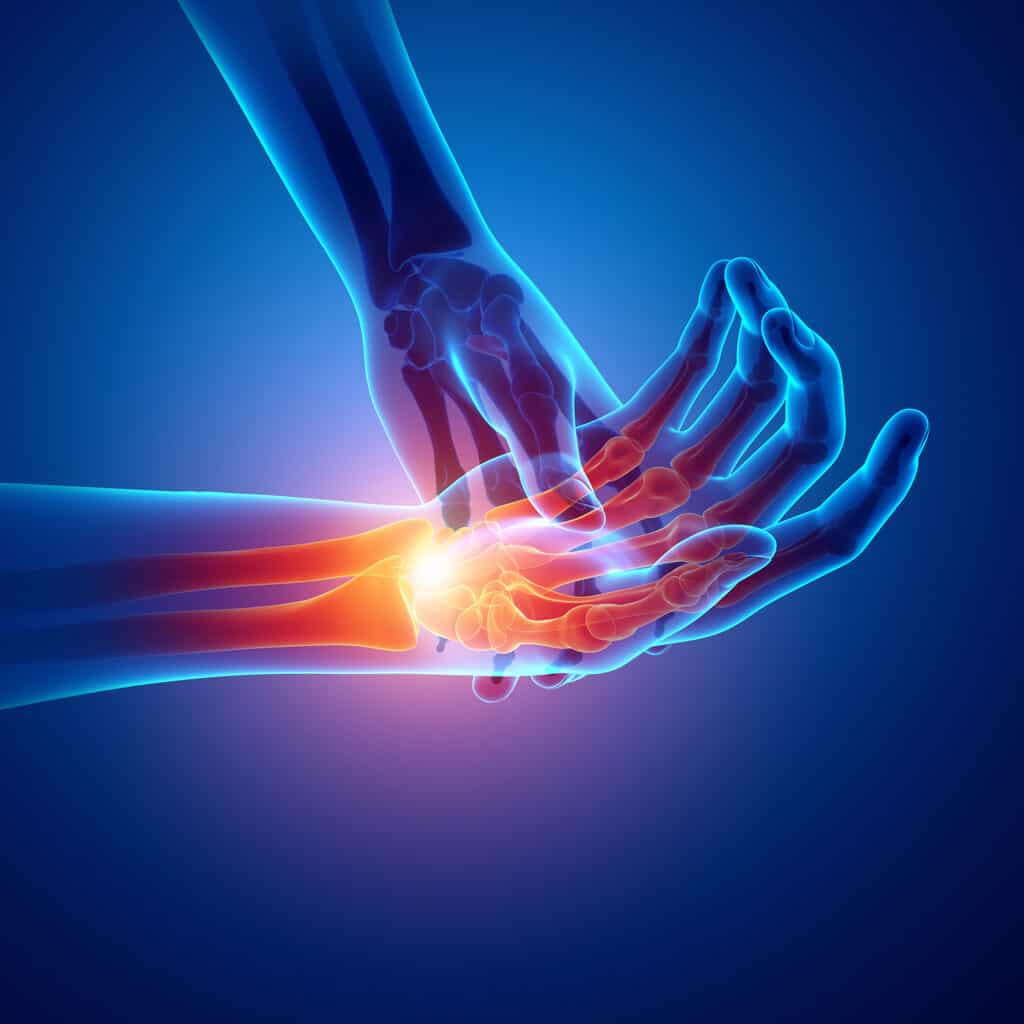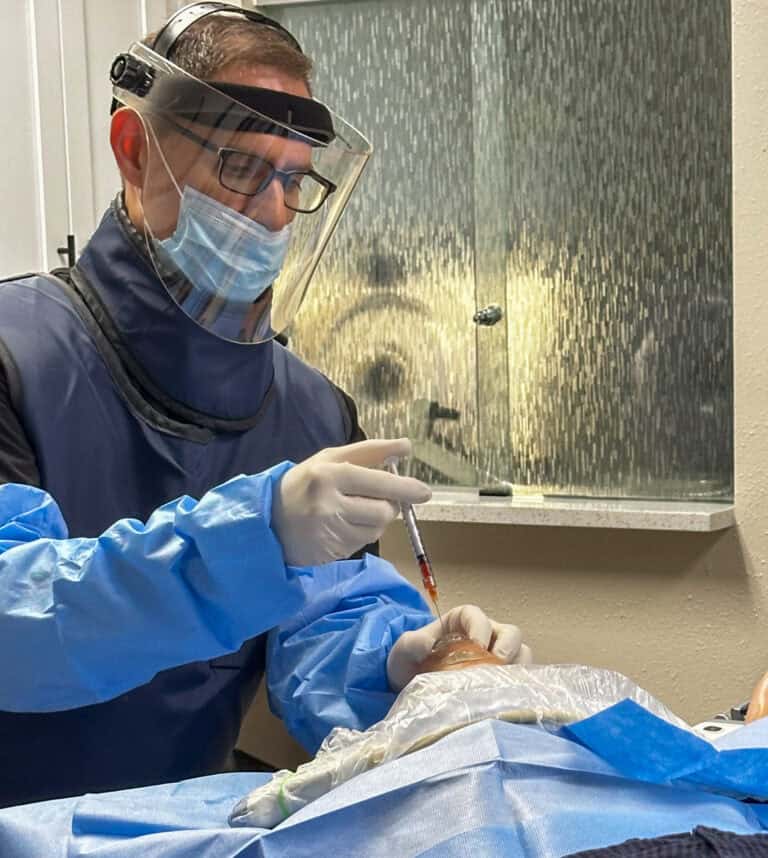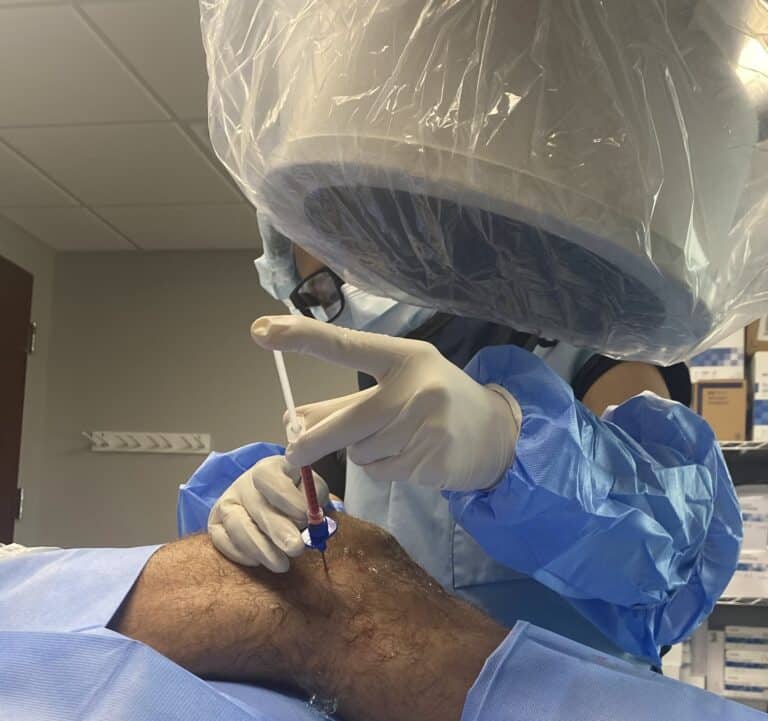Pain in the hand and wrist makes you appreciate how much you use your hands in everyday activities. This article is going to explain causes of pain in the wrist and hand. Then next week on our blog, we’ll provide some simple, Do-It-Yourself exercises to help beat conditions affecting this area.
The hand, fingers, thumb, and wrist are responsible for fine motor skills like writing, typing on a cell phone, turning door knobs, putting a plug into a socket, buttoning and unbuttoning clothes, opening and closing zippers and so much more.
The hands are also very important because of the strength they lend to the upper extremity by way of their grip.
Common injuries related to the hand and wrist include:
- Tenosynovitis
- Trigger Finger
- Triangular Fibrocartilage (TFCC) Injury
- Carpal Tunnel
Other numbness/tingling in the fingers
- Wrist instability
- Carpometacarpal (CMC) Joint Pain (thumb)
- Osteoarthritis of the fingers
These are just a few of the reasons people experience hand and wrist pain. However, each diagnosis listed above can present differently, so it is important to see a qualified clinician to help diagnose and identify what the origin of your pain is, so the treatments and therapies can be specific to that issue.
Apart from the specific mechanisms of each of these conditions, there are some mechanical details for the upper extremity that are important to understand. The hand and wrist are often looked at in isolation; however, it is a piece of the upper extremity. The hand and wrist are the end of the upper extremity complex, consisting of the shoulder blade, shoulder joint, elbow (below) and all of the associated muscles including: the rotator cuff, bicep, tricep, wrist flexors and extensors, and the pronator/supinator muscles, to name a few.
Additionally, the upper extremity can be categorized into each joint, and described by what the joint should be able to do. Eg. the joint should be mobile or stable, based on its function in the upper extremity.
The joint-by-joint approach for the upper extremity is defined as:
- The shoulder blade needs to be stable
- The shoulder ball-in-socket joint needs to be mobile
- The elbow joint needs to be stable
- The wrist needs to be mobile
The image below demonstrates how Mike Boyle defined how the upper extremity should function in this joint-by-joint way. These joint-by-joint expectations will guide not only the therapy for the wrist and hand, but for the whole upper extremity unit.
In the case of pain in the wrist and hand pain, we see patterns of tight and weak muscles starting at the top of the chain, and progressing all the way to the hand and wrist, as seen below.
Tight Muscles
- Pectorals
- Upper Trap
- Levator scap
- Biceps
- Pronator teres
- Wrist flexors
Weak Muscles
- Deep Neck Flexors
- Rhomboids
- Serratus Anterior
- Rotator Cuff
- Wrist extensors
These muscle imbalances cause the shoulder to tilt forward and feed into postural change. Postural changes alter how we use our muscles in a given chain. For these imbalances, there are targeted exercises to work on the tightness and weakness in order to support the wrist and hand.
Next week on our blog, we’ll walk you through these exercises, which address the tight and weak muscles in the upper extremity. They will help you build a conservative do-it-yourself regimen to help improve your wrist and hand pain before seeking invasive medical procedures or surgery.
In the meantime, if you’re experiencing wrist and hand pain and would like to be seen by one of our Regenexx Physicians, see if you’re a candidate.










